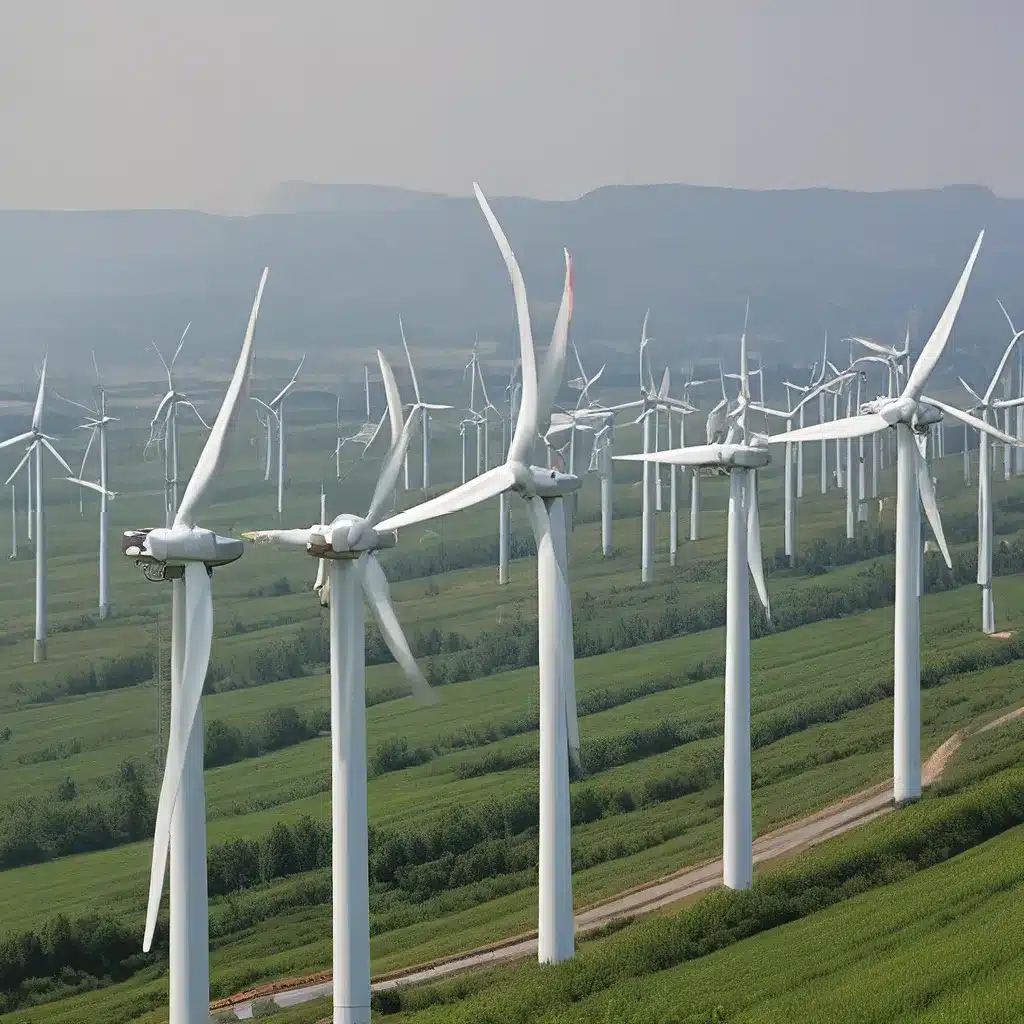
Navigating the Complexities of Industrial Emissions Reduction
As someone deeply passionate about the environment and the promise of renewable energy, I’ve been closely following the US Department of Energy’s (DOE) Industrial Decarbonization Roadmap. This comprehensive plan lays out a crucial agenda for government, industry, and other stakeholders to work together in accelerating emissions reductions and positioning the US industrial sector as a global leader in innovation.
You see, the industrial sector is a significant contributor to our nation’s carbon footprint, accounting for a staggering 30% of US primary energy-related carbon dioxide (CO2) emissions. That’s a massive 1,360 million metric tons of CO2 every year! But the good news is, the DOE has identified five key industries where decarbonization technologies can have the greatest impact: petroleum refining, chemicals, iron and steel, cement, and food and beverage. These industries represent approximately 51% of energy-related CO2 emissions in the US industrial sector and 15% of US economy-wide total CO2 emissions.
Now, I know what you’re thinking – “This all sounds great, but how exactly are we going to tackle such a massive challenge?” Well, the DOE has outlined four key technological pillars that could help us achieve a remarkable 100% mitigation of annual CO2 emissions from these industries.
The Four Pillars of Industrial Decarbonization
-
Energy Efficiency: By optimizing processes and adopting cutting-edge technologies, we can significantly reduce the energy demands of these energy-intensive industries. Think of it like getting more miles per gallon from your car – the same output with less fuel.
-
Industrial Electrification: Replacing fossil fuel-powered equipment and processes with electrified alternatives powered by clean, renewable energy sources can drastically slash emissions. Imagine a steel mill running on wind and solar instead of coal!
-
Low-Carbon Fuels, Feedstocks, and Energy Sources: Finding alternatives to traditional fossil fuels, such as biofuels, hydrogen, and carbon capture technologies, can help transform these industries into low-carbon powerhouses.
-
Carbon Capture, Utilization, and Storage (CCUS): This game-changing technology can literally suck CO2 out of the air and either repurpose it for useful products or store it safely underground, preventing it from entering the atmosphere.
The best part? These four pillars are applicable across all industrial subsectors, meaning we can leverage them to drive near-term and future emissions reductions as the grid becomes greener, technologies advance, and hard-to-abate sources are addressed.
Equity and Workforce Considerations
But decarbonizing the industrial sector isn’t just about reducing emissions – it’s also about workforce development and social equity. The DOE is committed to ensuring that at least 40% of the overall benefits from federal investments in climate and clean energy are delivered to disadvantaged communities, as part of the Administration’s Justice40 Initiative.
This means that in addition to the environmental impact, we need to consider the health outcomes and long-term job prospects for the 114 million American manufacturing workers who will be on the front lines of this transition. Programs like the DOE’s Industrial Assessment Centers will be crucial in preparing the existing and future workforce for the clean industry revolution.
The Road Ahead
As we navigate this exciting yet complex journey towards industrial decarbonization, I can’t help but feel a sense of both optimism and cautious realism. The potential for significant emissions reductions is there, but the path forward is not without its challenges.
Some experts believe that achieving the full 100% mitigation outlined in the DOE’s roadmap will require unprecedented levels of coordination and cooperation between government, industry, and other stakeholders. There is also ongoing debate around the feasibility and scalability of certain technologies, like CCUS, and the potential tradeoffs between different decarbonization approaches.
But I’m encouraged by the clear commitment from the DOE and the Biden Administration to tackle this issue head-on. The recently announced Energy Justice Dashboard is a promising step in identifying and addressing the adverse environmental and health impacts that often disproportionately affect disadvantaged communities.
And who knows, with the right policies, incentives, and public-private partnerships, we may very well see the US industrial sector emerge as a global leader in sustainability and innovation. After all, the future of our planet and our communities are at stake, and I believe we have both the technology and the determination to rise to the occasion.
So, what do you think? Are you as excited as I am about the prospect of a cleaner, more equitable industrial future? I encourage you to explore our renewable energy solutions and see how you can be a part of this transformative journey.

